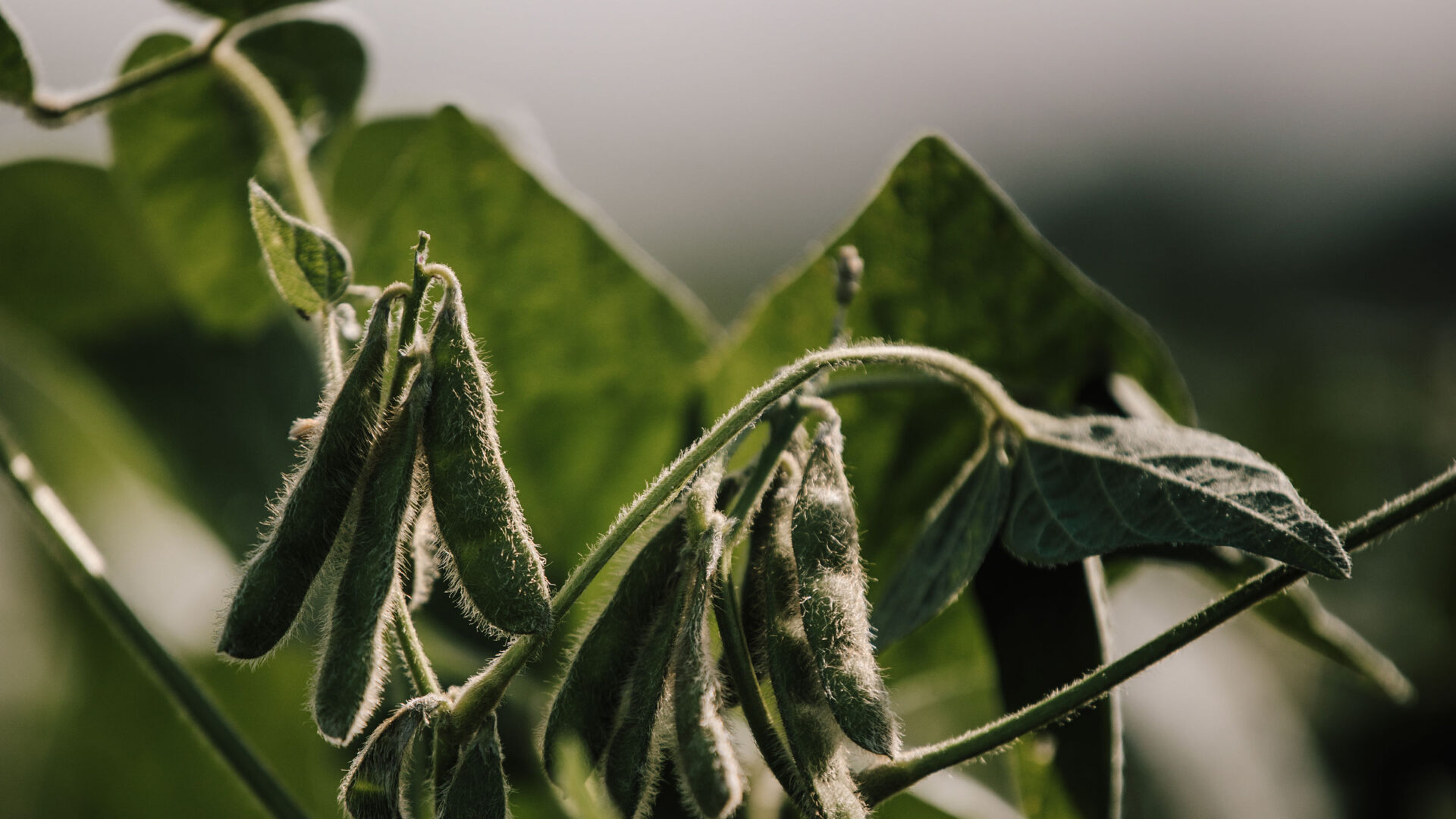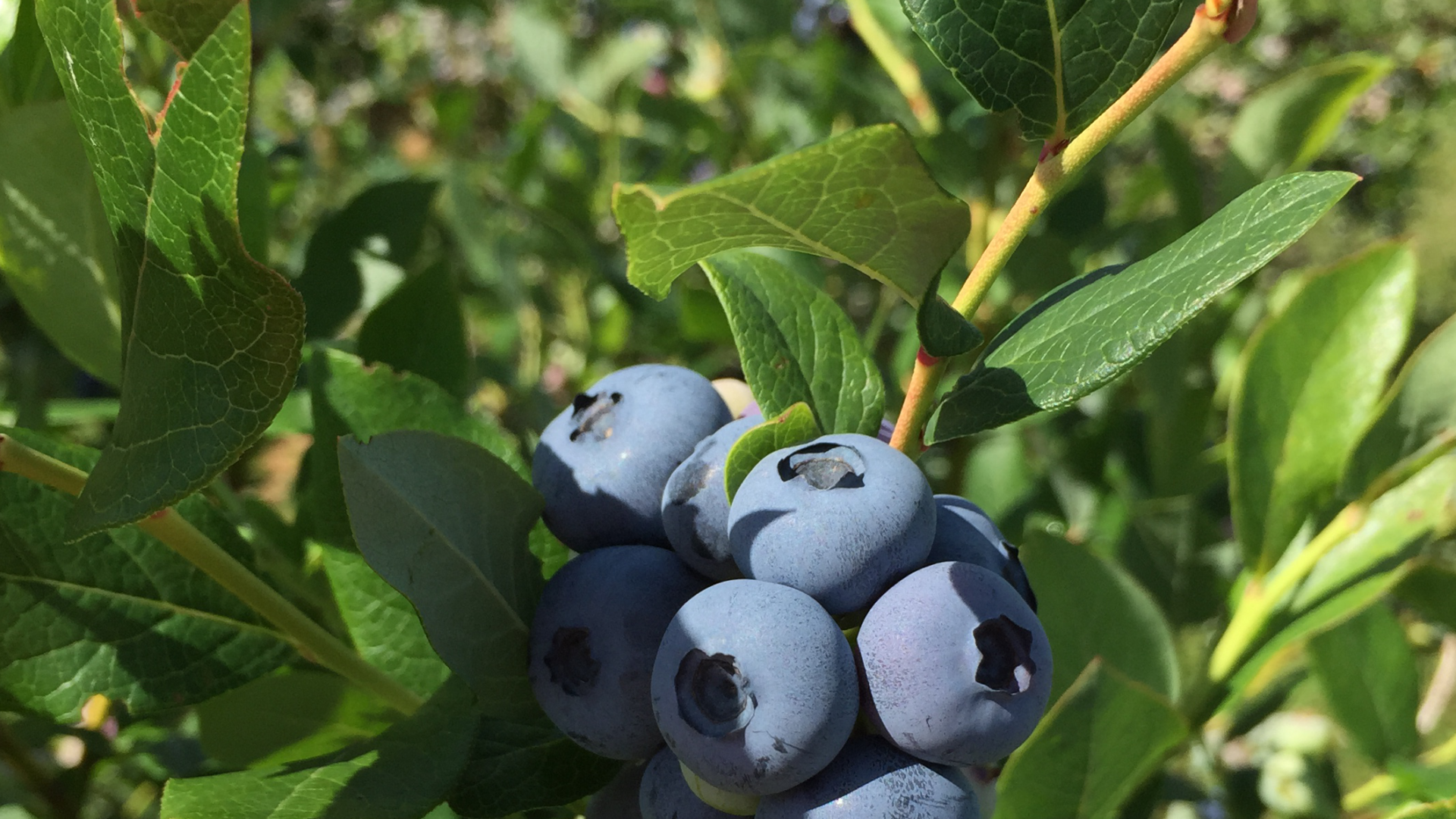Reserved designations and added-value claims can be applied for by any group of persons wishing to manufacture an agri-food product that is differentiated from other common products in the same category and to prevent imitations or misleading descriptions.
- The first step is to identify the product and gather interested producers to form an applicant group. An opportunity study is best conducted at this time to identify market issues, opportunities and the product’s differentiating feature. The drafting of a specification manual must then be started. This is a document that defines the appellation project, the standards, the requirements and the control plan.
- The Conseil then carries out an in-depth analysis of the applications to determine the product’s authenticity and added value. This evaluation is divided into a number of stages, including a field visit followed by a public consultation on the content of the specifications (or on any substantial change to the specifications of an already recognized reserved designation).
- Once the Conseil has approved the specifications and chosen an organization to be responsible for certifying the product, it informs the Ministre de l’Agriculture, des Pêcheries et de l’Alimentation du Québec of its recommendation as to whether the proposed reserved designation should be recognized. Recognition of the reserved designation is granted by the Minister, who issues a notice published in the Gazette officielle du Québec.
- The process of examining an application for a reserved designation filed with the Conseil des Appellations Réservées et des Termes Valorisants takes at least six months. However, the process may take longer if the various steps in processing require adjustments or reveal a failure to achieve consensus between the various parties concerned in the application.
Analysis of the application and assistance provided by the Conseil is free of charge. However, groups submitting an application will be required to make an investment of time. The CARTV has produced an explanatory document that outlines the major steps and categories of designation, as well as the advantages and success factors of a designation process.
With regard to expenses incurred in conducting a feasibility study and developing specifications, the Ministère de l’Agriculture, des Pêcheries et de l’Alimentation du Québec (MAPAQ) runs a program to provide funding for various stages in the preparation of an application, the Programme d’appui au développement des Appellations Réservées et des Termes Valorisants (PADARTV).
For more information on the PADARTV, follow this link (in French).
Tools (French only)
The Conseil has issued a number of guides to help groups prepare applications for recognition of any of the various designations.
Guides
These guides are designed to help you determine if an appellation is the right protection tool for you and what type is best for your product.
They are also intended to inform you about the basic requirements for an appellation project and the major steps in the application process.
Redaction Tools for the Specification Manual and Control Plan
In its application for a reserved appellation, the applicant group must propose a specification manual. This is a document that defines the appellation project, the standards, the requirements and the control plan. The Council provides the following models, examples and guide to assist you in drafting the document.
Reference documents concerning designations
Every application for a reserved designation or an added-value claim is analyzed based on of the following reference documents.

